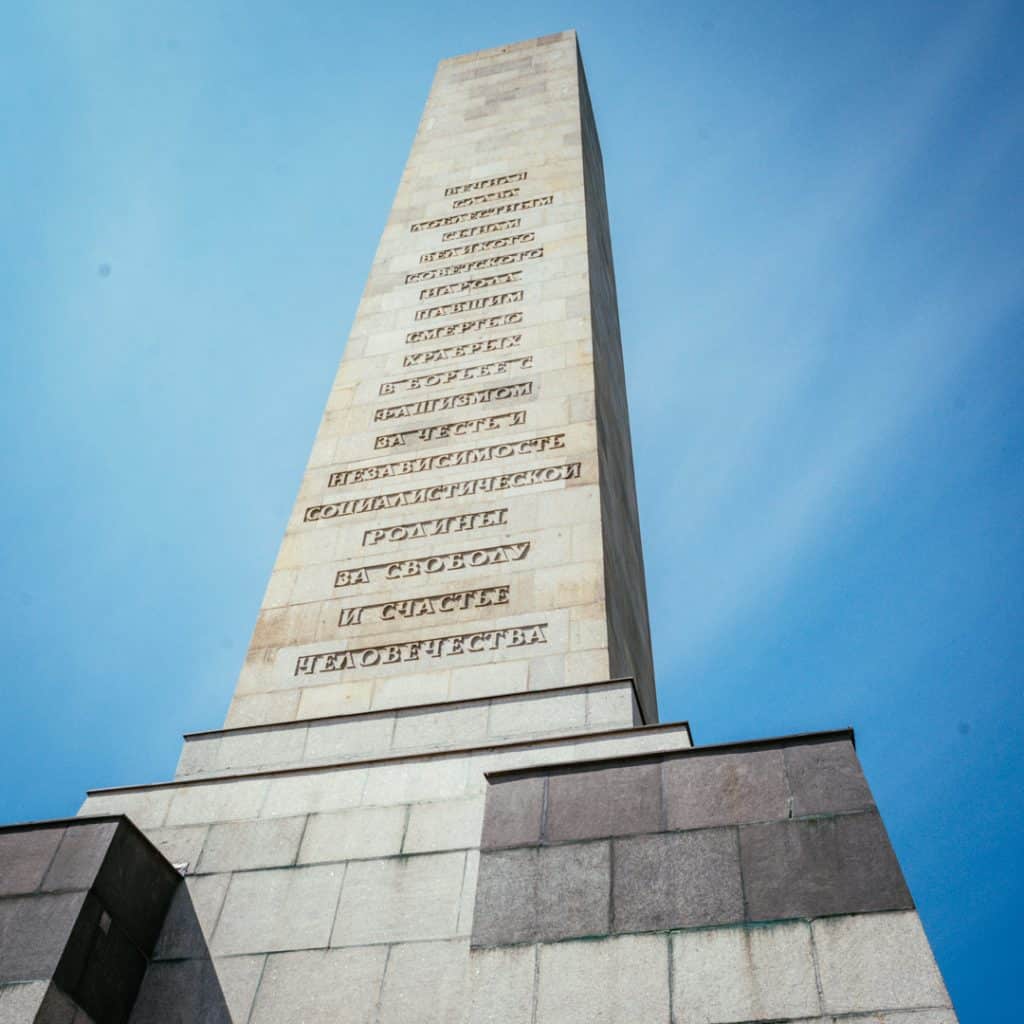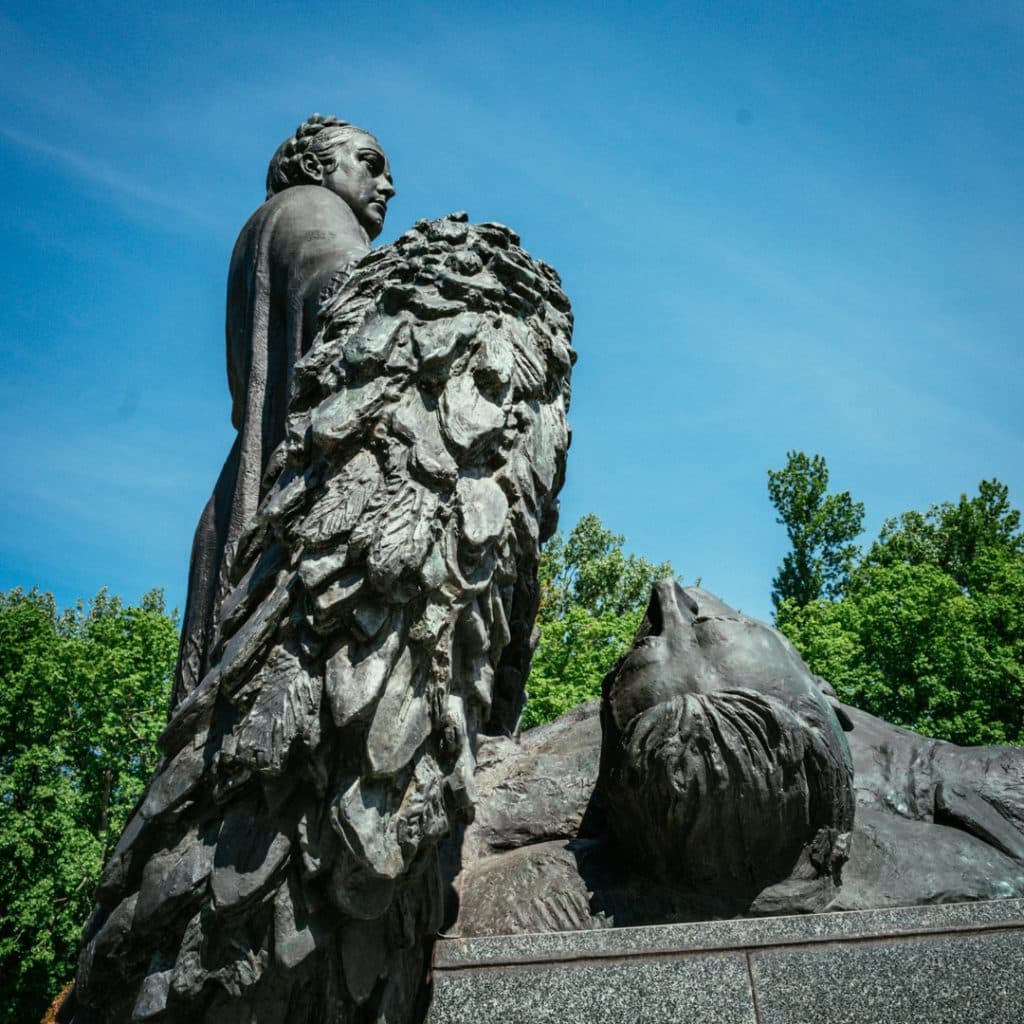The final Soviet operation to inflict a decisive blow to Hitler’s regime by occupying the Nazi capital of Berlin would last for 17 days – starting on April 16th 1945. From the Oderbruch, and the present border between Germany and Poland, to the top of the Reichstag, this battle would claim the lives of around 80,000 Soviet soldiers
The troops gathered outside Berlin in preparation for this final engagement undoubtedly must have been a strange sight, with so many different dialects and languages that officers could often not communicate with their troops. Varied as much in physical appearance as in battle dress, these soldiers – wearing shades of different uniforms – came from every republic of the Soviet Union. Russians and Belorussians, Ukranians, Karelians, Tartars, Georgians, Kazakhs, Azerbaijanis, Bashkirs, Mordvinians, Irkutsks, Uzbeks, Mongols, and Cossacks. They came on horseback, and on foot, on captured vehicles – and lend-lease American ones too.
The howl of Stalin’s organ, the much feared Katyusha rocket launcher, signalling their arrival. They would bring with them the tools of their trade – PPSh-41 submachine guns and satchel charges, to aid in the gruelling urban combat – even pick-axes and dynamite to blow holes in buildings through which the infantry would advance. Supported by T-34 and IS-II tanks, self-propelled guns such as the SU-76, SU-100, and ISU-152. Teams of horses would drag supplies and wounded.
When the smoke of battle finally settled, around 23,000 of these fallen Red Army troops would find their final resting place within the city limits of Berlin – divided between three huge cemeteries.
The largest in the German capital, in-fact the largest Soviet cemetery on European soil outside of Russia, is the Soviet War Memorial in Schönholzer Heide – sometimes referred to as the Soviet Cemetery in Pankow.




